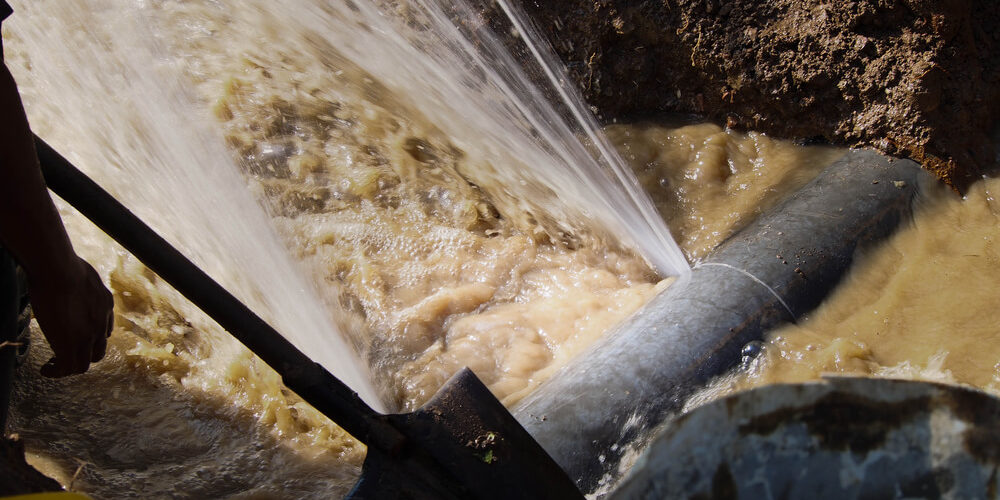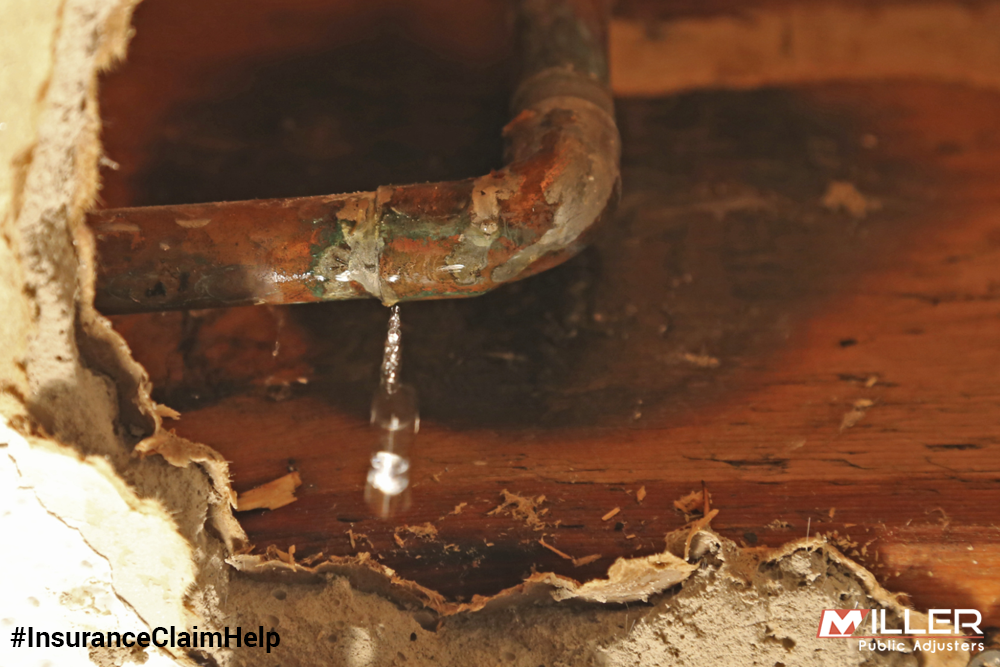Presented here below you might get a lot of professional information in relation to What to Know Before Installing a Dishwasher.

A burst pipeline is a major emergency; you can only stand as you see water you pay very much to rejoin with the planet. In worse instances, you observe a pool on your kitchen flooring, which is a great journey hazard, specifically if you have kids around. If the pipeline that burst remained in your wall surfaces, problem: you might need to repaint that entire section.
Just how can a disaster like a burst pipe be protected against as well as handled? Well, by paying attention to your expert emergency plumbing technicians and also following these regulations.
Just how do I know when my pipes have burst?
Rising and fall water pressures
Pipelines do not simply burst in a day. You might have seen that your cooking area tap or shower doesn't run instantly when you turn the tap. It may pause for a few seconds and after that blast you with more pressure than typical.
In various other instances, the water might appear typical initially, then drop in pressure after a couple of secs.
Wet walls as well as water stains
Before a pipe bursts, it will certainly leakage, most times. If this consistent dripping goes undetected, the leak might finish right into a wide laceration in your pipeline. One easy method to prevent this emergency is to keep an eye out for damp wall surfaces advertisement water stains. These water spots will certainly lead you right to the leakage.
Puddles under pipelines and sinks
When a pipe bursts, the discharge creates a puddle. It may appear that the puddle is growing in dimension, and also despite how many times you mop the pool, in a couple of mins, there's an additional one waiting to be cleansed. Frequently, you may not be able to trace the puddle to any type of noticeable pipes. This is a sign to call an expert plumber.
Untraceable leaking sounds
Pipeline ruptureds can take place in one of the most unpleasant locations, like within concrete, inside walls, or under sinks. When your home goes quiet, you might be able to hear an irritatingly relentless trickling sound. Even after you've checked your shower head as well as kitchen area tap, the leaking may continue.
Dear viewers, the dripping may be coming from a pipe inside your walls. There isn't much you can do concerning that, except inform a specialist plumber.
Shut down the Water
When water ices up, it expands in volume by concerning 9 percent. As well as it expands with remarkable force: The pressure inside pipes might go from 40 pounds per square inch to 40,000 psi! No pipe can hold that much stress, so it breaks open. The break might occur where the ice kinds, however more often, it takes place where water pressure discovers a weak point in the pipeline. That might be inches or even feet from the frozen location. Discover the water shutoff valve and switch off the water to stop even more damages. You could additionally need to turn off the electrical power also, depending upon where the leaks takes place and how huge it is.
Polluted water
Lots of people assume a burst pipeline is a one-way outlet. Rather the contrary. As water flows out of the hole or gash in your plumbing system, impurities find their method.
Your water may be infected from the source, so if you can, examine if your water storage tank has any problems. Nonetheless, if your drinking water is provided as well as purified by the city government, you need to call your plumber promptly if you see or smell anything funny in your water.
What do I do when I identify a burst pipeline?
Your water meter will remain to run also while your water wastes. To reduce your losses, find the primary controls and turn the supply off. The water pipe are an above-ground framework beside your property.
How to Fix & Detect a Leaking Pipe
How Do I Know if a Pipe is Leaking?
Leak detection tests can help you determine if your pipe has a leak. Even if you don’t see an apparent leak, you should still conduct leak detection tests regularly to save water and money—and prevent major damage to your home.
Water meter. It can be helpful to figure out what your usual water meter usage numbers are and then monitor them regularly. To monitor your meter, first, turn off all water faucets in your home. Check the meter and write down the numbers. In a few hours, check the meter again. If the numbers have changed, you have a leak. Water gauge. Use a water gauge to test your water pressure. Your showerhead should produce a certain amount of water pressure based on its model and design. If the pressure is lower than it is supposed to be for that specific showerhead, your home likely has a leak. Puddles. Look inside your bathroom, laundry, and kitchen sink cabinets. Puddles around the cabinets or around toilets, tubs, showers, and washing machines indicate the presence of a leaking pipe. You may also notice loose tiles, peeling or flaking paint, or mold caused by water accumulation. Napkin test. Even if you don’t see any puddles, you may still have a leak. You can test for water leaks in the bathroom, laundry, and kitchen by wiping below-sink connections with a napkin, paper towel, or piece of toilet paper. If it becomes damp, you probably have a leaking pipe under the sink. Discolored walls. Walls that are discolored—usually with brown or yellow stains—or bulging might mean that they have been impacted by water damage caused by a leaking pipe. Smell. A leaky pipe will create sitting water, and over time, that water may develop a musty smell. If your home smells musty, but you can’t locate the source, it may be due to a leak. Steps for Fixing a Leaking Pipe
A leaky drain can be remedied by tightening the pipe base, replacing the drain seal, caulking the rim, and tightening the pipe nut. Similarly, a leaking toilet pipe can be treated by tightening the packing nut. You may also need to replace the valve. A leaky faucet may just need tightening or replacement of the washers. If that doesn’t work, consider replacing your faucet. If your pipe has a hole in it, you may want to use a pipe leak sealer or pipe leak tape. This quick fix for water pipe leaks can also temporarily fix a copper pipe leak. https://www.ahs.com/home-matters/quick-tips/how-to-tell-if-pipes-are-leaking/

I ran across that post on How to Install and Connect a New Dishwasher when doing a search on the search engines. I beg you set aside a second to share this post if you appreciated it. I thank you for reading our article about How to Prepare for Your Dishwasher Installation.
Tailored emergency solutions; call now.